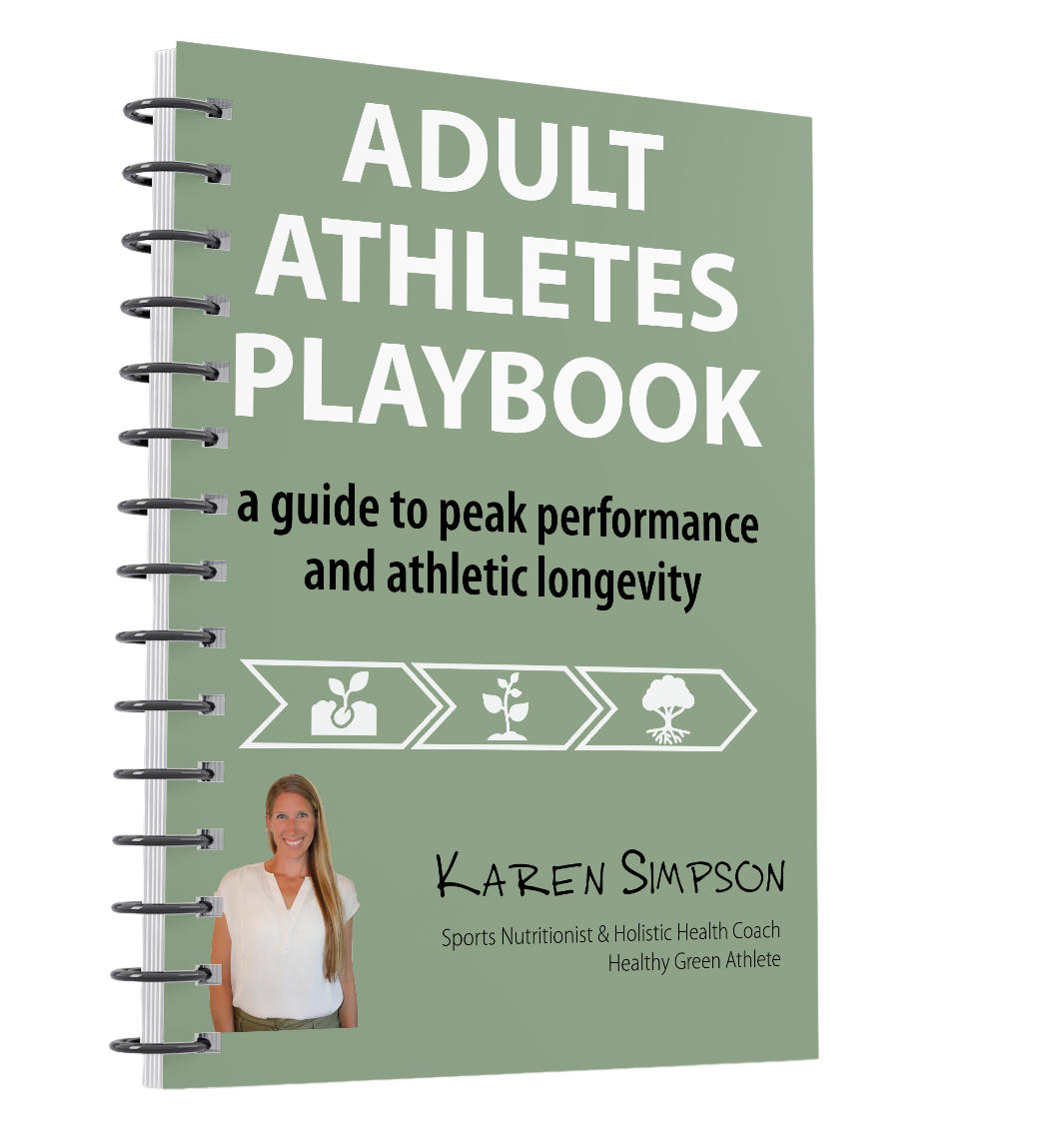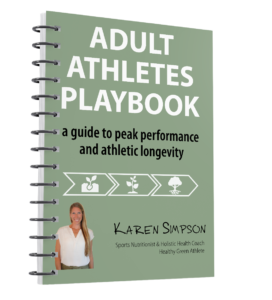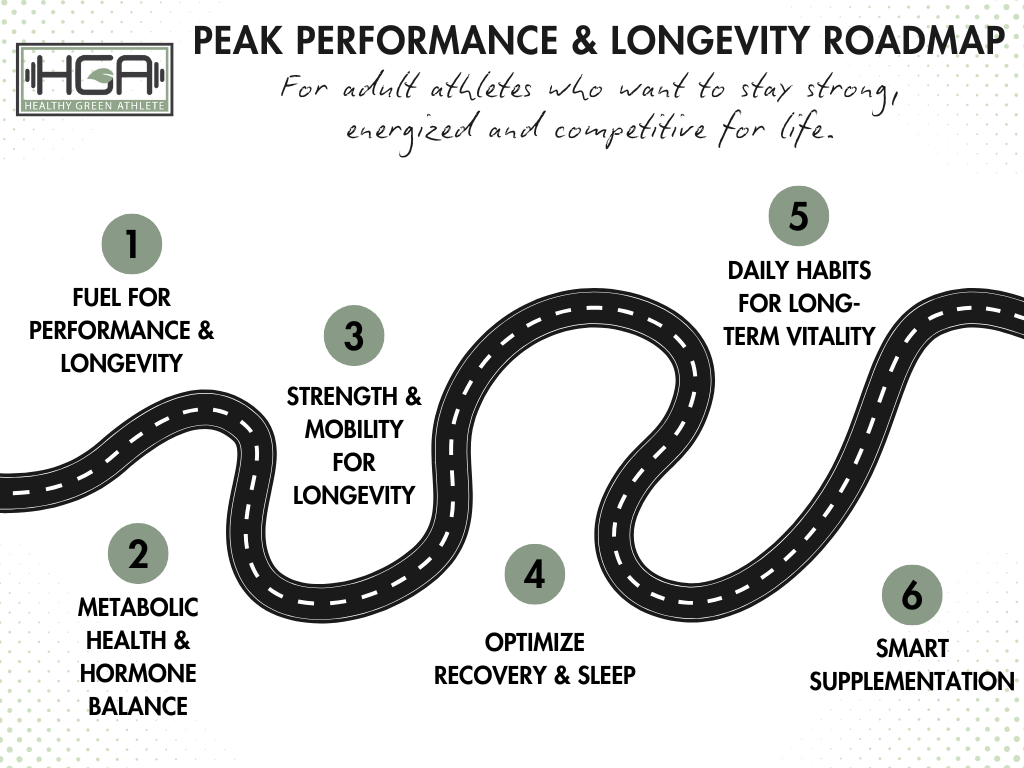Read time: 4 minutes
Before we talk about endurance, let’s talk about how it’s different than stamina. Endurance is the ability of the body to sustain prolonged and continuous physical activity over an extended period without getting fatigued. It represents how well the cardiovascular and respiratory systems can deliver oxygen and nutrients to working muscles during prolonged activity. Specific sports rely heavily on this ability such as long-distance running, swimming, or cycling. But regardless of the activity, endurance is likely needed in some capacity.
Stamina focuses on the body’s capacity to withstand and recover from the challenges of intense physical activities or short bursts of high-intensity efforts. It involves the muscles’ ability to perform repetitive, powerful movements without experiencing early fatigue. While endurance is about sustaining performance over time, stamina is handling short bursts of intense activity followed by a quick recovery. Both endurance and stamina are crucial in various sports and fitness pursuits, and training methods can be tailored to improve each aspect according to specific athletic goals.
During endurance activities, the aerobic energy system is predominantly utilized by the body. The primary source of energy for this system is oxygen. The aerobic energy system involves the breakdown of carbohydrates and fats in the presence of oxygen to produce adenosine triphosphate (ATP), which is the primary energy currency of the body.
Also Read: 5 Hacks to Manage Your Energy Not Your Time
During prolonged endurance activities like long-distance running, cycling, or swimming, the body requires a steady supply of energy to sustain performance over an extended period. The aerobic system is highly efficient in producing ATP and can continue to generate energy as long as there is a sufficient oxygen supply.
Carbohydrates and fats are the main fuel sources used during aerobic activities. Carbohydrates are stored as glycogen in the muscles and liver, while fats are stored in adipose tissue throughout the body. As the activity intensity increases, the body will rely more on carbohydrates for energy. However, during low to moderate-intensity endurance activities, such as steady-paced jogging or cycling, the body primarily uses fats as the energy source, reserving glycogen for higher-intensity efforts or the final stages of prolonged activities.
Also Read: Why Carbohydrates Matter in Sports Nutrition
Endurance is the bedrock of athletic performance. Whether you’re a seasoned athlete or just starting on your fitness journey, building and improving endurance is crucial to achieving your goals and surpassing your limits. Endurance allows you to push through fatigue, maintain a steady pace, and go the distance in any sport or physical activity. And now I’ll share 8 strategies that can help you improve your endurance and elevate your athletic performance in your activity.
1. Establish a solid foundation.
Before diving into intense training, it’s essential to establish a solid foundation of overall fitness. Endurance is an ability that must be built up over time. So, if you’re just starting out make sure that you ramp up your endurance slowly and don’t expect to be able to run a marathon with no training.
Regular aerobic exercise such as jogging, cycling, or swimming can improve cardiovascular health and set the stage for more intense workouts. Aim for at least 150 minutes of moderate aerobic activity or 75 minutes of vigorous aerobic activity each week. Then gradually increase the duration and intensity over time.
2. Incorporate interval training.
Interval training is a very effective method to boost endurance. This style of training involved alternating between periods of high-intensity effort and recovery. It challenges both your aerobic and anaerobic systems, enhancing your ability to sustain intense efforts for longer durations. For example, during a running session, alternate between sprinting and jogging or walking, repeating several intervals. Start with shorter intervals and gradually increase their length as your fitness level improves.
3. Embrace cross-training.
Cross-training involves engaging in various types of physical activities to develop different muscle groups while giving some rest to others. This not only reduces the risk of overuse injuries but also improves overall fitness and endurance. Consider incorporating activities like swimming, cycling, weightlifting, yoga, or dancing into your routine. Cross-training can keep workouts interesting and challenge your body in unique ways, leading to improved endurance.
4. Fuel your body wisely.
Being a sports nutritionist, you probably aren’t surprised I’d highly recommend this strategy for improving endurance. Nutrition plays a pivotal role in enhancing endurance and providing a sustainable source of fuel. Prioritize a balanced diet rich in complex carbohydrates, lean proteins, healthy fats, and a variety of fruits and vegetables. Carbohydrates serve as the primary energy source during prolonged exercise, so ensure you consume enough to sustain your activity levels. Stay hydrated before, during, and after workouts to optimize performance and aid in recovery.
Further Read: Training and Nutrition for Different Types of Athletes
5. Train at different intensity levels.
To build endurance, it’s essential to train at different intensity levels. Incorporate long, steady-paced workouts to enhance your aerobic capacity and improve your body’s ability to use oxygen efficiently. Additionally, include shorter, more intense workouts to challenge your anaerobic threshold and increase your body’s tolerance to lactic acid buildup. A well-rounded training approach will yield better results and make you a more versatile athlete.
6. Prioritize rest and recovery.
Endurance training can be demanding on your body, so it’s crucial to prioritize rest and recovery. Allow ample time for your muscles to repair and rebuild after intense workouts. Incorporate rest days into your training schedule to prevent burnout and reduce the risk of injury. Adequate sleep is also essential for optimal performance and overall well-being.
Also Read: 7 Natural Supplements that Boost Post-Workout Recovery
7. Monitor and track your progress.
Keep track of your training progress to understand how you’re improving over time. Use fitness apps, wearable devices, or a training journal to record your workouts, distance covered, and any personal bests. Monitoring your progress not only keeps you motivated but also helps you make informed adjustments to your training program as needed.
8. Don't forget your mental game.
Endurance isn’t just physical; it’s also mental. Cultivate mental endurance by practicing mindfulness techniques and positive visualization. During challenging workouts or competitions, staying focused, and maintaining a positive mindset can help you push through fatigue and self-doubt. Engaging in meditation, deep breathing exercises, or visualization can improve mental resilience and enhance your overall athletic performance.
Further Read: 7 Strategies for Boosting Athlete Mental Toughness
In summary...
Improving endurance in athletic activity is a journey that requires dedication, consistency, and a willingness to push your boundaries. By following a well-rounded training regimen that includes interval training, cross-training, and different intensity levels, you can steadily build your endurance levels.
Remember that proper nutrition, rest, and mental fortitude are equally crucial components of the endurance-building process. With time, effort, and a positive mindset, you’ll witness significant improvements in your athletic performance and reach new heights in your chosen sport or physical activity.

Adult Athletes Playbook
A Guide to Peak Performance and Athletic Longevity
This playbook will help you develop and implement a personalized game plan for improving athletic performance.














4 Comments
Pingback:
Pingback:
Pingback:
Pingback: